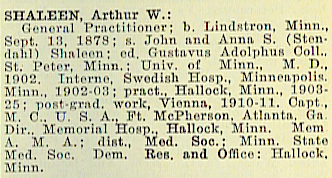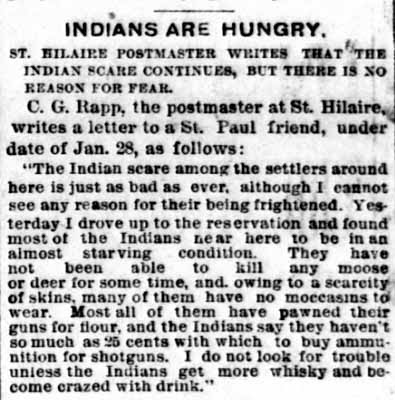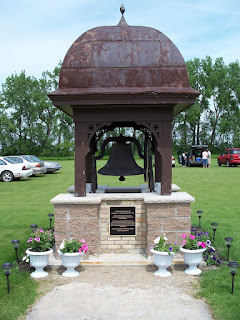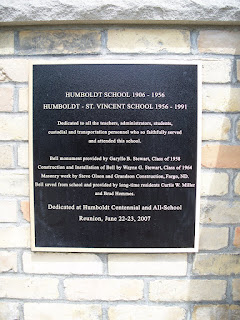
Joe Wilson, farmer near Emerson, Manitoba, hauls a Lockheed Hudson bomber across the border at Pembina, circa February 1940.
My Mom - along with many other St. Vincent, Pembina, and Emerson locals - witnessed this event. It was big news and brought a lot of pride into the communities to be involved with this important war effort. She took photographs of the planes, and wrote down her memories on them, and years later shared them with me. I always wanted to find out more, so I started digging...

Transcription of above article:
Robert E. Gross, president of Lockheed Aircraft Corp., described yesterday the manner in which his firm is delivering warplanes to the Canadian government.
“Lockheed Aircraft,” he said, “has purchased for $5,000 a sizeable piece of acreage on the northern outskirts of Pembina, N.D., adjoining the international boundary. It will be immediately converted into a modern airport with runways and the necessary hanger facilities, as the field is being used for the delivery of a fleet of Lockheed planes consigned to the Canadian government at Ottawa.
“The shipment consists of 16 bombers, part of 200 recently ordered by the British Air Ministry. Since the invocation of the Neutrality Act, eight of this group have been delivered.
“Method of delivery in all respects strictly complies with the existing neutrality ruling. A Lockheed crew, consisting of pilot and mechanics flies each plane from Burbank to Pembina with stops at Albuquerque, N.M. and Omaha, Neb. At Pembina, a landing is made on the American side of the line, where title is passed and customs officers verify the transaction as in accordance with neutrality laws.
“The pilot then taxis the plane up to the border, where a Canadian representative attached a tow line and hauls the plane across the boundary.
“Acting with the express permission of the U.S. State Department, the Lockheed pilot and mechanics then fly the airplane to Winnipeg where it is turned over to another Lockheed crew which flies it to Ottawa and turns it over the Royal Canadian Airforce, after which the American crew immediately returns to the United States.
“All the flights by American pilots in Canada in connection with these deliveries have the approval of the U.S. State Department.”
Lockheed said the Pembina airdrome would be available to other American firms for similar purposes.

















